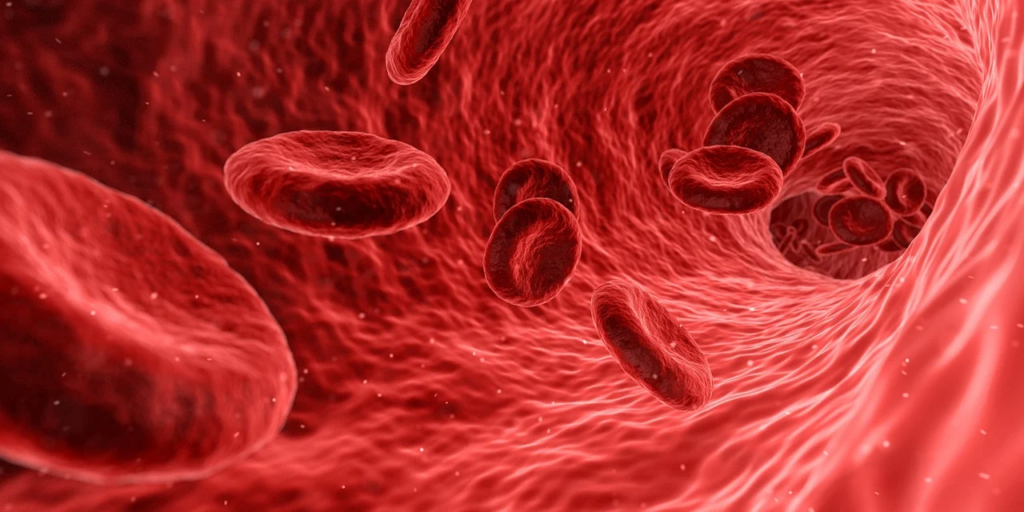Your feet may not immediately come to mind when you hear the term “heart health,” but they can reveal a lot about your cardiovascular system.
Pain, numbness, or swelling in your feet could be signs of a clogged artery or major heart issues.
Two severe forms of atherosclerosis that might show up in your feet are peripheral artery disease (PAD) and coronary artery disease (CAD). These conditions indicate that the plaque in your arteries is preventing enough blood flow. [1]

A Comprehensive Overview of Peripheral Artery Disease (PAD)

Plaque accumulation that clogs arteries and causes severe pain and restricted movement in your extremities—typically your legs and feet—is known as peripheral arterial disease.
The Cleveland Clinic states that PAD causes cramping, pain in the legs and feet, and in more severe situations, limb loss.
You should get checked for PAD by a doctor if you have symptoms like regular leg cramps or trouble standing for extended periods of time.
Testing for Clogged Arteries

Early detection of PAD can avoid major consequences. Doctors will check for it by doing an ankle-brachial index (ABI) test or by detecting your pulse in your feet.
In order to determine whether there are any obstructions or decreased blood flow farther down the chain, the ABI test uses ultrasound to compare the blood pressure in your ankle and arm.
You should get medical help right once if you have a family history of heart disease or PAD, or if you have swelling in your ankles or feet, as these conditions may indicate heart failure or clogged arteries.
The Impact of Poor Circulation

Your feet can be greatly impacted by poor circulation. Insufficient blood flow deprives tissues of oxygen and nutrients, resulting in tingling, pain, and a markedly slowed rate of wound healing.
Clogged arteries caused by plaque accumulation further limit blood flow and exacerbate PAD.
Also, having inadequate cardiac function can produce peripheral edema, which results in swollen legs and feet.
It is even more crucial to monitor and control blood sugar levels in diabetics since nerve damage from elevated blood sugar levels can exacerbate foot discomfort and numbness. [2]
Preventive Measures for PAD and CAD

Maintaining a healthy lifestyle is essential to preventing clogged arteries and PAD and CAD. A balanced diet low in trans and saturated fats and regular exercise are excellent goals to aim for.
At least 150 minutes of moderate activity per week, or roughly 20 minutes per day, is advised by the U.S. Department of Health and Human Services.
Monitor your blood sugar levels, abstain from smoking, and speak with your doctor about prescription drugs that can help control blood pressure or cholesterol.
Maintaining Heart Health for Healthy Feet

Your feet and your heart have a reciprocal relationship. A nutritious diet and regular exercise can relieve pressure on your heart and feet, and maintaining a healthy heart guarantees improved blood flow to your extremities.
When your arteries are clear, your feet are also content.
Seeing your doctor on a regular basis can assist treat any underlying issues that may be affecting the health of your feet and heart.
As usual, taking preventative measures will help you maintain the healthiest possible heart and foot while also greatly enhancing your quality of life.
Conclusion

Be mindful of what your body is telling you at all times.
You just need to pay attention since your feet might reveal important information about your cardiovascular health.
Swelling, pain, and numbness could all be signs of clogged arteries or major cardiac issues.
Long-term heart protection and improved general health can be achieved by being aware of the symptoms and taking preventative action.
Consult your physician if you observe any problems with your feet. Preventing serious consequences requires early detection and treatment.



